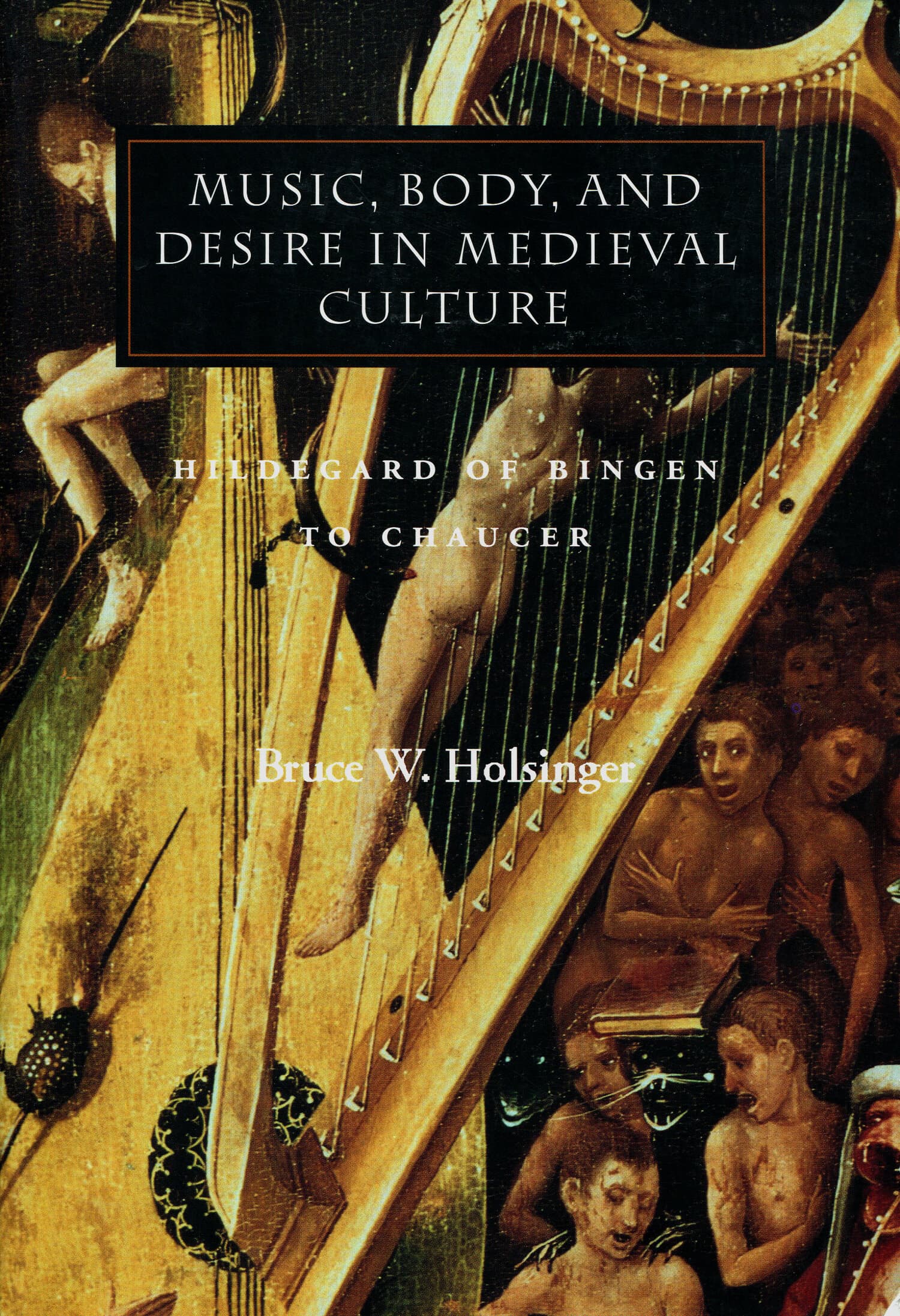Audiovision in the Middle Ages

The Monastery of Sainte-Foy (Holy Faith) at Conques in Occitania, Southern France, presents a unique case of survival: its golden effigy of Santa Fides is the earliest extant sculpture in the round in the Latin west, while the local eleventh-century architecture, music, and texts offer rich contextual evidence. Even though Sainte-Foy's statue and the narrative prose feature widely in art historical studies, the music composed at the site has fallen into a thousand-year oblivion. Bissera Pentcheva's AudioVision in the Middle Ages assembles in a highly innovative way, a wide variety of materials that help us reconstruct the visual and auditory experience of the medieval ritual at Conques. The eleventh-century Office of Sainte-Foy is here brought to life and successfully deployed as a new analytical tool to shed light on the staging and experience of the golden statue of Santa Fides and the narrative reliefs displayed in the abbey's church.
Medieval art is silent in modern times. Often displayed in sterile museum galleries, it is most often presented without any analysis of the intended envelope of sound, chant, prayer, and recitation. Stripped of this aural atmosphere, these objects have lost the power to signify and to elicit affect. This exhibition restores aspects of the original soundscape to explore the inherent connections between chant and image in medieval times. It is the first to engage medieval art from the perspective of AudioVision–the simultaneous flow of visual and auditory stimuli. The focus is on the ninth-century golden statue and reliquary of Sainte-Foy at Conques and the traditions of its eleventh-century public worship.
"In AudioVision in the Middle Ages, Bissera Pentcheva teaches us that the music of the medieval Abbey of St. Foy in Conques implicated its art and architecture at every level—music recapitulating statuary, sculpture incorporating chant. The resultis a scrumptious feast of image, music, and text that allows us to 'hear' the art and 'see' the music of this beautiful monastic church."—Thomas E. Burman, Robert M. Conway Director, The Medieval Institute, University of Notre Dame
"Pentcheva has reshaped the field of Byzantine art with her pioneering research on the intersection of art and acoustics. With AudioVision, she turns her penetrating analysis to the ninth-century reliquary statue of Sainte Foy at Conques and its music. All medievalists include this sculpture in their lectures, but few have stopped to consider more than its visual reception. Drawing on a little-known manuscript of the eleventh-century office of the Feast of Sainte-Foy, Pentcheva uncovers how these chants reshape the perception of the visual and mobilize all the senses."—Sheila Bonde, Christopher Chan and Michelle Ma Professor of the History of Art, Professor of Archaeology, Brown University
"This project creatively brings the analysis of liturgical melodies into conversation with the visual arts, highlighting the full range of possible connections between sacred music and its built environment. The catalogue interprets sound and image on many levels, from close readings of text and melody to intersections of thelistening and viewing experience."—Susan Boynton, Professor of Music, Columbia University
"This exhibition catalogue is a stunning achievement. In the recent past it has downed on scholars that the medieval Christian cult was not only charged with many layers of symbolic meaning but also intrinsically intermedial, meaning that the conceptual, the sonic, the visual, the spatial, the olfactive dimensions of experience came together in the liturgical performance, intersecting and influencing each other and shaping the emotional and intellectual response of those present. The corresponding artistic expressions could not fail to mirror this interconnectedness. Yet, never before this scholarly awareness translated into an all-encompassing, coherent, multidisciplinary approach to a specific Latin cult, that of Sainte-Foy de Conques, whose image is, as a result, transformed and enhanced to an unprecedented degree. 'Audiovision' means that the understanding of what we see cannot be divorced from the corresponding sonic experience: chant, in its acoustical context, is here used as a tool to shed light on art and architecture. Historical reconstruction, material and immaterial, is pursued with both rigor and acumen, and the result is immensely impressive."—Manuel Pedro Ferreira, Professor of Music, Universidade Nova, Lisbon, Portuga




